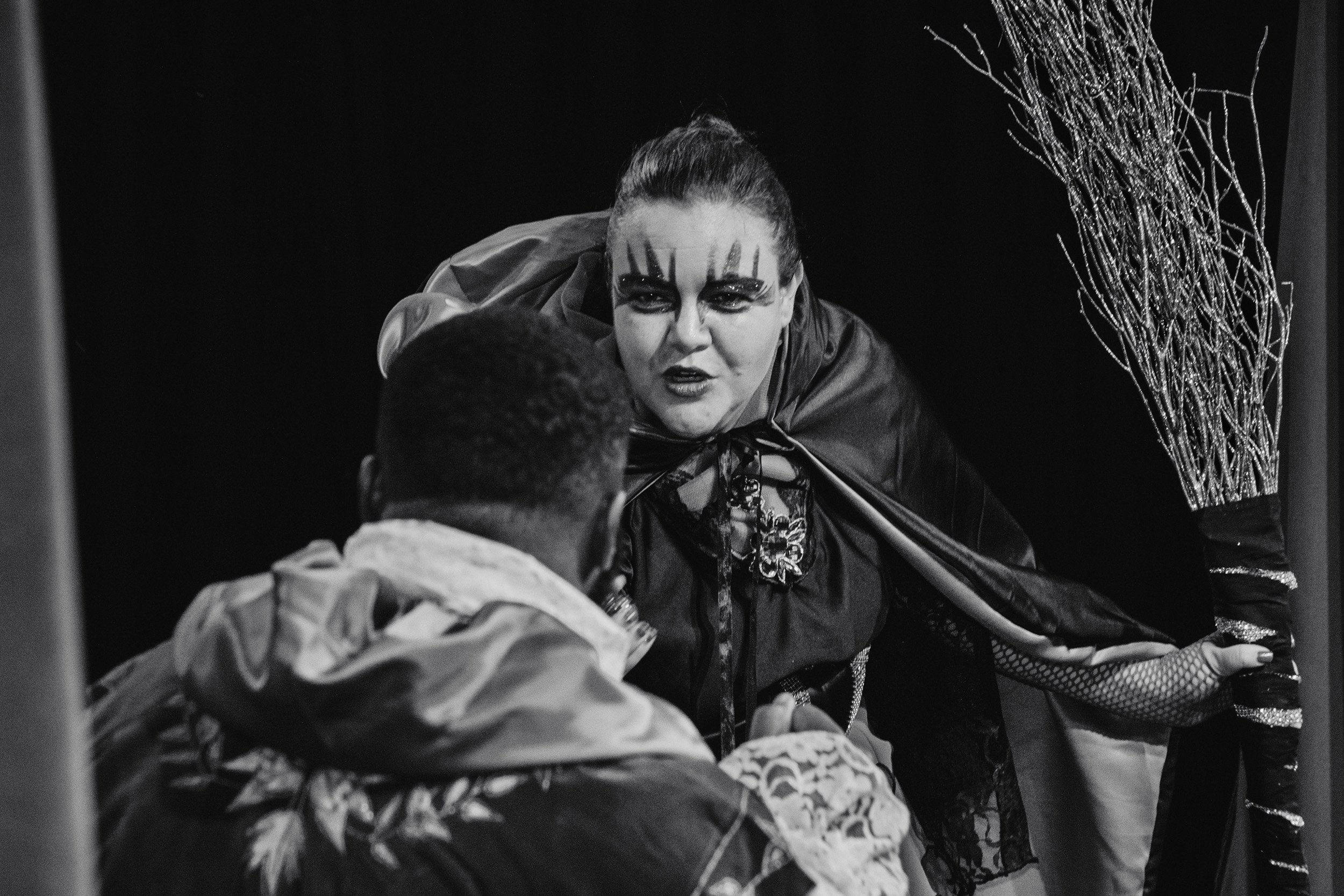Candid or Posed Photograph, the Dilemma.
When it comes to photography, there are two main types of shots: candid and posed. Candid photographs are taken without the subject's knowledge or without them posing for the camera. These types of shots are often taken in a more natural setting and capture the subject in their natural state, without any forced or staged elements.
Posed photographs, on the other hand, are taken when the subject is aware of the camera and is actively posing for the shot. Posed photographs are often taken in a studio or other controlled setting and can be used for a variety of purposes, such as family portraits, headshots, and engagement photos, among others.
The choice between candid and posed photographs depends on the purpose of the shoot and the desired outcome. Candid photographs are great for capturing honest moments, such as at weddings, parties, or events. They can also be used to capture candid moments in a more natural setting, such as in street photography. Posed photographs are perfect for more formal occasions, such as family portraits, headshots, and engagement photos. They are also useful in commercial and corporate photography, where a specific image or message needs to be conveyed.
Independently if I am in studio or outdoors, when I take photos of my clients, I like to have a mix of both. I work a particular way and part of my service is informed and designed a tailored session. Many times, my pose in studio images have candid shots as I guide my client to obtain more spontaneous and honest expressions.
In conclusion, both candid and posed photographs have their place in the world of photography. Choosing the right type of photograph depends on the purpose of the shoot, the desired outcome, and the style of the photographer. A professional photographer will be able to guide you through the process and help you to decide which type of photograph is best for your specific needs.


